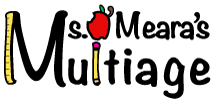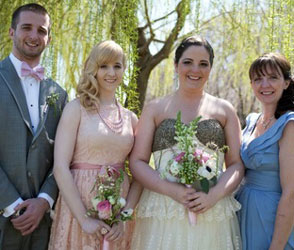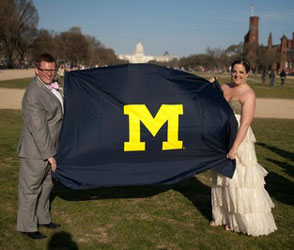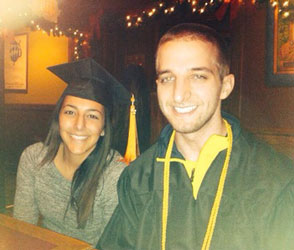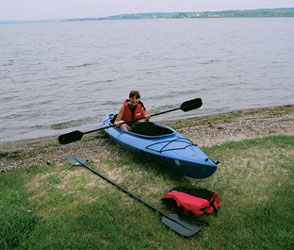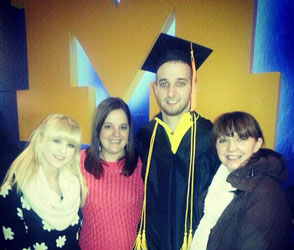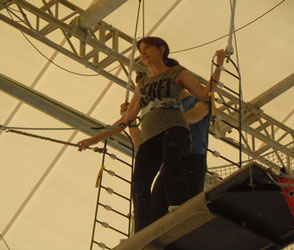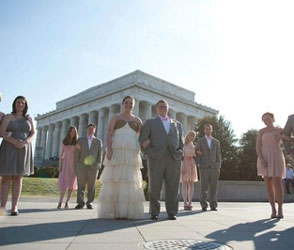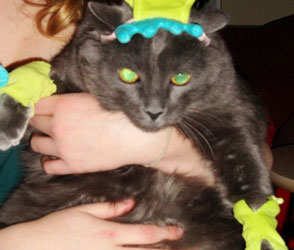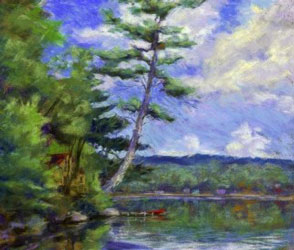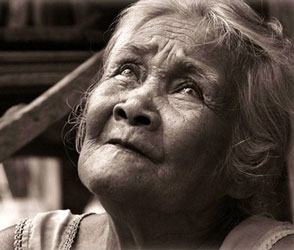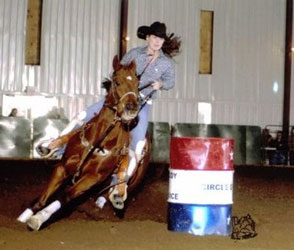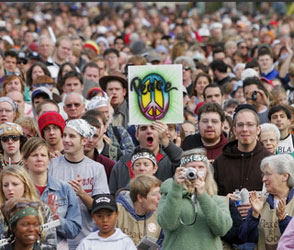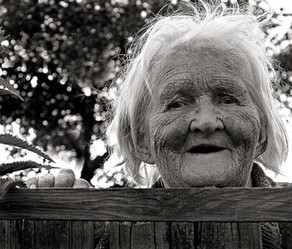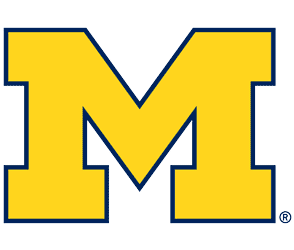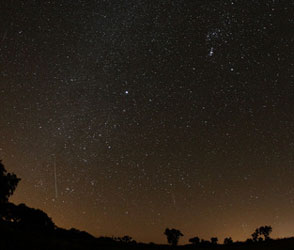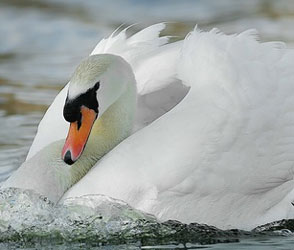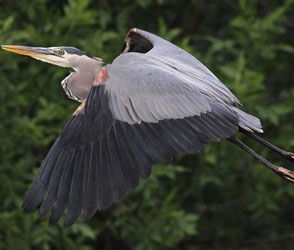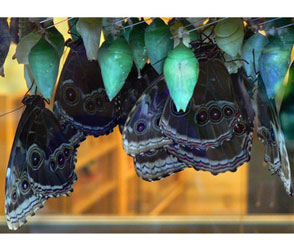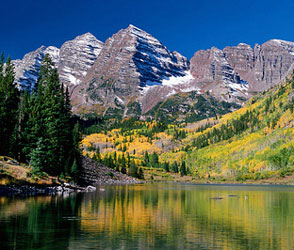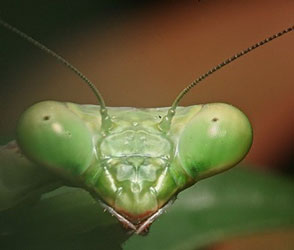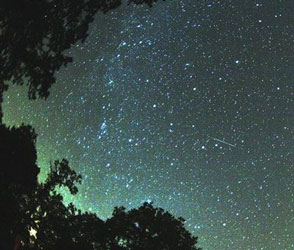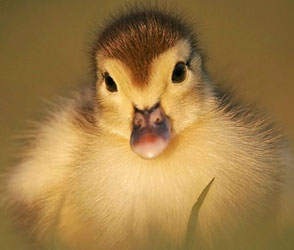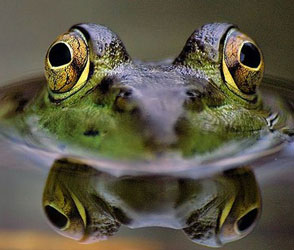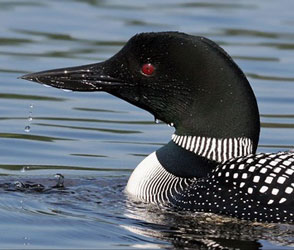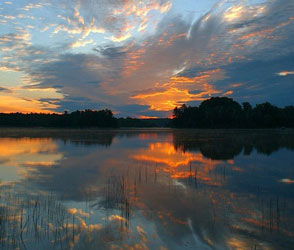Learning and Growing Through Wonder and Discovery
Welcome aboard our multiage classroom! This site will allow you to journey with us and share in our explorations and discoveries.
“Man cannot discover new oceans unless he has the courage to lose sight of the shore.” -Andre Gide
About Our Class
The Multiage Program began in 1996 when I wrote a pilot that looped my first grade class two years in a row in order to create a first, second, third grade multiage class. Our Multiage Class is a heterogeneous mix of students. We try to keep an equal number of students within each of the grade levels. Placement in the Multiage is voluntary. Interested parents attend an informational evening in the spring. They are able to schedule classroom visitation times and then submit their child’s name as a candidate for the class. A three year commitment is asked of families. We follow the Grosse Pointe Curriculum and testing schedule that single grade classes follow. Reading, Writing and Math are taught in a workshop model. Science and Social Studies Units are cycled over a three year period. Continuous progress through flexible groupings flows from a variety of ongoing forms of assessment. We focus on integrating technology across the curriculum and incorporating 21st Century Skills. Culturally responsive teaching and celebrating diversity are an integral part of the classroom. We also have had a history of community service with environmental projects and with local homeless shelters.
We would like to give a special thank you to the Grosse Pointe Foundation For Public Education who awarded us a grant last year which allowed us to purchase iPads, an Apple tv, and Lego We Do software. Receiving that grant has helped to transform our classroom. It provided a means to flatten our classroom walls and allow the world in to deepen our learning. We can never completely express our gratitude. To learn more about the Grosse Pointe Foundation For Public Education, click here.
About Multiage Programming
Definition of Multiage Classroom: Multiage classes are created when children of different ages and grade levels are intentionally combined in a single classroom to realize academic and social benefits. At the end of each year, the older students move on to the next grade and a new group of students enters at the lower grade. This provides the opportunity for students to spend more than one year with a teacher or team of teachers.
“A [multi-age] classroom is one in which the developmental range is wider than that in a single-grade classroom…children’s developmental diversity is celebrated, valued as part of a natural community of learners, and is harnessed in subtle ways to support learning…It is not a classroom where a (for example) “second-grade” curriculum and a “first-grade curriculum” go on simultaneously. All children may work on the same topic but in different ways or at their own individual speed.” (p.6-8) (as listed in Exploring the Multiage Classroom by Anne A. Bingham)
Defining a Multiage Philosphy:
- Based upon child centered developmental theory
- Not all children will reach the same milestones at the same chronological age
- Mixed age and mixed ability reflects the “natural” way of human interaction
- The wider the range of competencies in a mixed age group the greater the opportunity for participants to develop friendships and relationships with others and promote higher cognitive function. (Katz 1998)
Research indicates advantages of a multiage classroom are:
- increased adaptability
- increased empathy
- increased initiative
- decrease in antisocial behaviors such as bullying
- same or greater academic achievement as a straight, graded room (Pavan, Walker, Slovin, Goodlad, Katz)
Multiage Classrooms Are Not:
- split grade classrooms
- accelerated learning/gifted classrooms
Children in a Multiage Class:
- participate in mixed age groups
- are grouped based upon readiness level not grade level
- are in flexible groups depending upon interest, need, skills and topics
Learning Theories Underpinning a Multiage Classroom
Cognitive Development Theory
Jean Piaget gives us the background for developmentally appropriate practices. Children’s thinking is qualitatively different than adults so they need to construct or reconstruct knowledge in order to learn. They also need rich opportunities to interact with the physical world and with their peers.
Socio-Historical Theory of Psychological Development
Lev Vygotsky shows the importance of language and social interaction for cognitive growth. His ideas of the zone of proximal development and scaffolding are at the heart of multiage practices.
Social Cognitive Learning Theory
Albert Bandura proposed that much of learning happens through the observation of models. Self efficacy is a critical component of learning.
Attribution Theory
Bernard Weiner explains how students are motivated internally, and how educators can help students learns because they want to learn.
Additional Multiage Resources
Multiage Learning Network
MultiageEducation.com
My Journey of Discovery to the Road to Multiage Education
About the Teacher
Hi, I am Ms. O’Meara. I have been a teacher for 32 years. 27 of those years have been in the Grosse Pointe Public schools. Before coming to Grosse Point, I taught in schools in Appalachia, reservation schools in Colorado and inner city schools in Detroit and Flint. I have taught all grades, Pre-K through fifth and I have a master’s degree in Education with a specialization in Early Childhood.
As a teacher, I believe it is important for me to develop a collaborative partnership with families, the community and my colleagues, sharing what I’ve learned and learning from them. In flattening the classroom walls and becoming a connected educator I can model for my students the skills of creativity, collaboration, communication and critical thinking. Enhancing these key areas along with establishing a solid base of core knowledge and skills will prepare my students to be successful contributors to the world they will enter once they step beyond the doors of the school to embark on their life’s journey.
